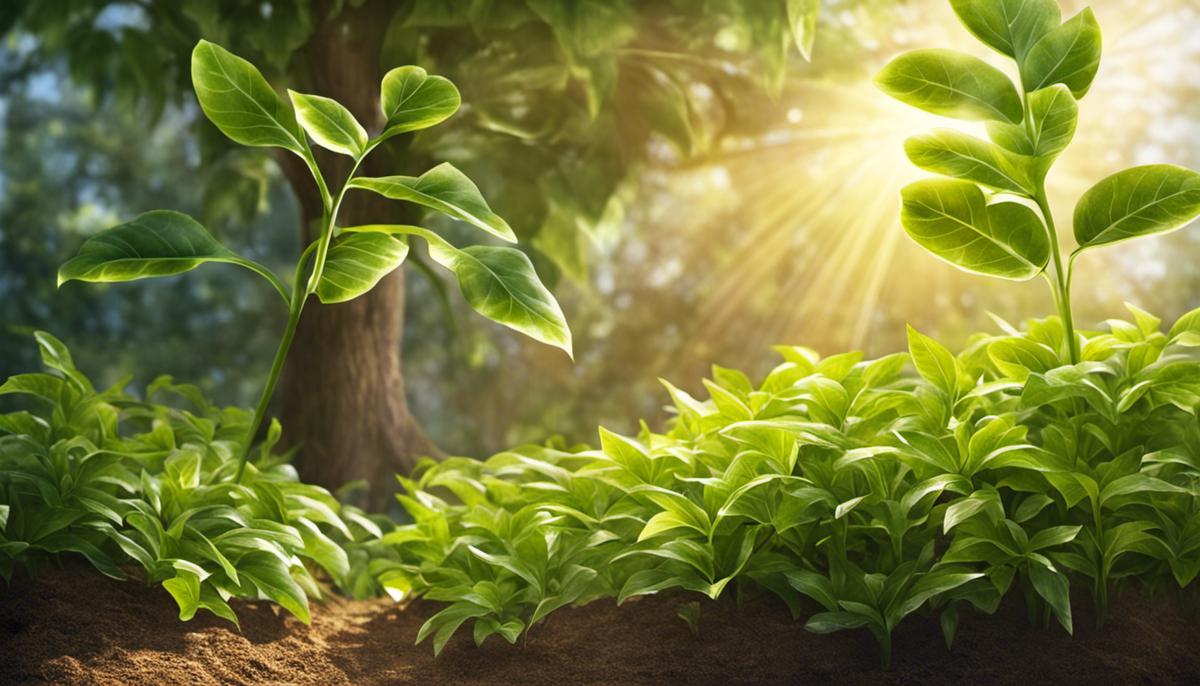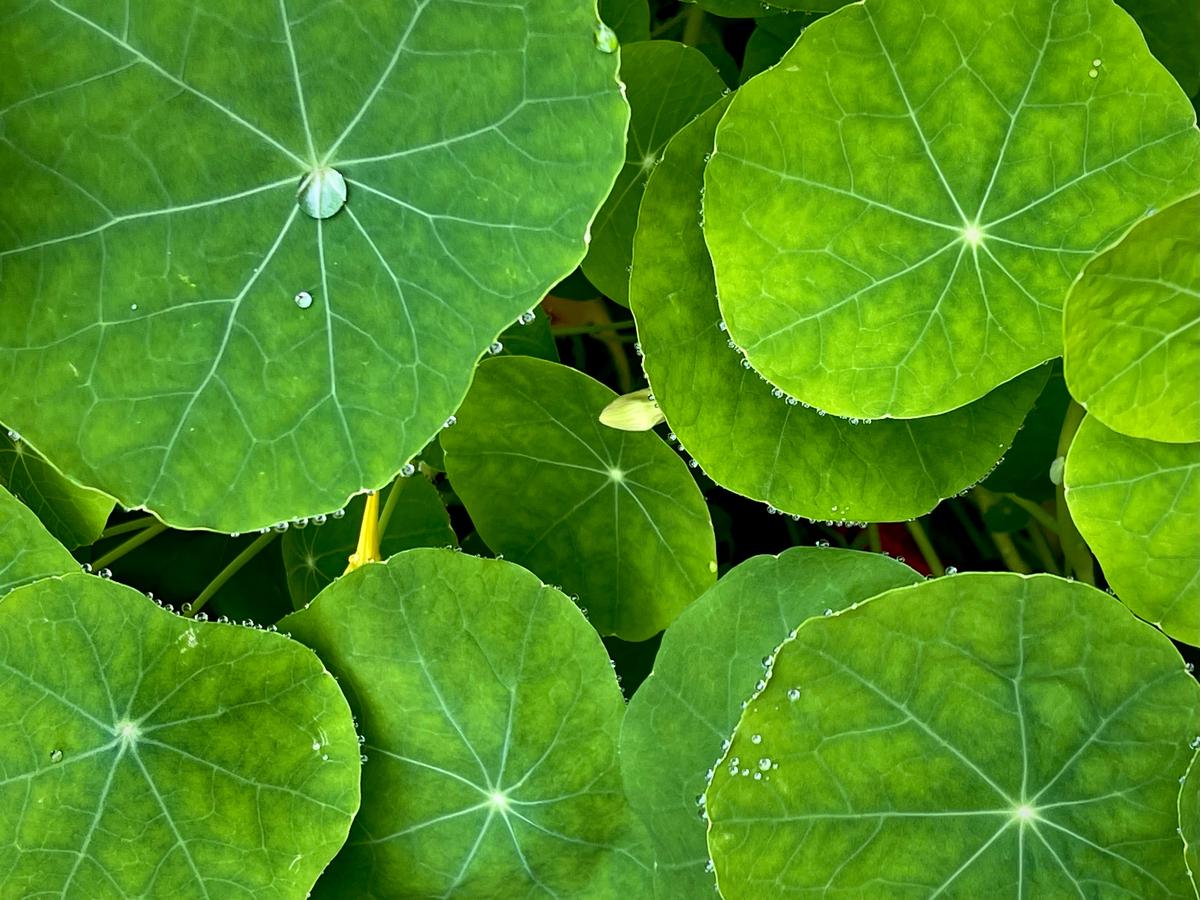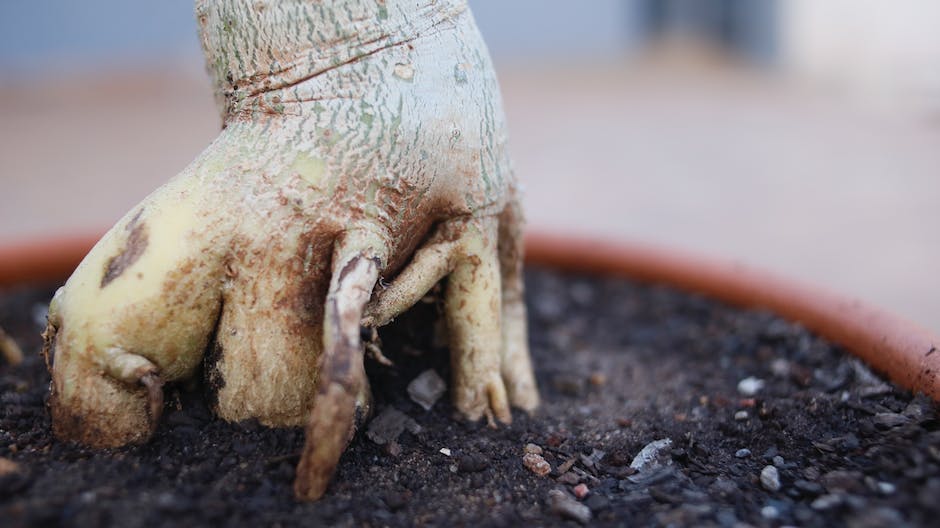Caring for Greens: Essential Elements for Plant Growth

In the elegantly complex natural world, plants perform the crucial task of sustaining life on our planet, not least by providing oxygen and serving as the primary producers in the food web. The health and vitality of these fundamental life forms hinge on a series of basic elements and processes, among which sunlight, water, soil, and nutrients hold a paramount role. Sunlight plays a key part in photosynthesis, an indispensable procedure to transform inorganic substances into organic ones, contributing to the plant’s growth. Similarly, water is another crucial component required by the plant in photosynthesis and maintaining cell structure. Furthermore, the soil’s texture, composition, and nutrient content dictate the plant’s well-being and growth capabilities. This text delves into these aspects, offering an understanding of different light conditions, watering requirements, and soil and nutrient needs of plants.
Sunlight Needs for Plants
Title: Solar Energy: The Fundamental Ingredient of Flora Growth
A striking range of topics has captured the attention of scientific minds throughout the centuries. One such captivating topic is the process of autotrophic sustenance, more commonly known as photosynthesis. This process, inherent to plant life, is a wonderfully orchestrated symphony of chemical reactions. It brings together the inorganic compounds of carbon dioxide and water under the influence of sunlight, finally serving up a delicious entrée of glucose for the plant, while releasing oxygen as a welcome treat for the planet’s fauna.
By harnessing the bountiful energy of the sun, plants transform these humble elements into food, effectively spearheading a chain of sustenance that ultimately supports nearly all life forms on Earth. This seemingly simple abiotic principle is what, in essence, provides depth to the Scriabin-reminiscent color symphony we witness in our everyday gardens and forests: a symphony of life, sustained by the universal energy of the sun.
Sunlight exposure is a force to be reckoned with when seeking to ensure adequate growth for plants. The nuanced requirements vary from species to species, with some plants flourishing under direct sunlight while others prefer a more shaded existence. Notwithstanding these necessities, one can surmise that the optimal level of sunlight exposure is vital for all flora. Across the diverse taxonomic kingdoms, there are varying levels of light tolerance; however, the broad consensus is that an estimated 6 up to 8 hours of sunlight is ideal, every day.
The leafy giants of the outdoors have adapted to changing seasons and varying sunlight exposure, but the indoor botanical enthusiasts more commonly face the issue of serving their green friends with the Goldilocks amount of sunlight – not too much, not too little, but just right. It is of significant value to study the native habitats of indoor plants to replicate, as closely as possible, the conditions under which they thrive. Understanding the sunlight requirements of individual species fosters healthier, happier plants, whether it be the trendy fiddle leaf fig, which craves ample light, or the peace lily, which thrives in lower light conditions.
Moreover, young seedlings often necessitate more extended light exposure than established plants, requiring between 12 to 16 hours of light each day to establish healthy growth patterns. Providing sufficient light for seedlings could be achieved with sunlight, fluorescent lights, or full-spectrum grow lights.
In conclusion, a deep understanding of the biophysical principles underpinning plant growth allows for a botanic appreciation that transcends aesthetic allure. It is not merely a question of ‘how much light do plants need?’ Rather, the broader, more compelling question surfaces: ‘how does light sculpt the vitality and diversity of life on this symbiotic planet?’ Through the lens of this verdant study, we may indeed capture a snapshot of the interconnected tapestry of life. In every ray of sunlight lies a world of autotrophic wonder, just waiting to be understood, appreciated, and nurtured.

Watering Requirements for Plants
Understanding Plant Hydration: Essential Insights and Pragmatic Guidelines
In the fascinating world of botany, where photosynthesis and sunlight exposure significantly drive autotrophic sustenance, the role of water often remains under-discussed. Through this article, let’s delve into the importance of water for plants and elucidate the ideal watering frequencies and amounts.
Water is the unsung hero of the plant universe. Its importance can be underlined by recognizing that approximately 90% of a plant’s weight comes from water. Water functions essentially in several key plant processes – supporting nutrients transportation in the plant, aiding photosynthesis by contributing to the formation of glucose, and providing structural stability.
However, the question of ‘how much’ and ‘how often’ has intrigued many enthusiast and professionals due to the delicate balancing act it requires. Underwatering or overwatering are two edges of a double-edged sword, leading to detrimental consequences such as wilting, root rot, and the ultimate mortality of the plant.
To ascertain the appropriate water requirement, it becomes crucial to understand the species-specific demand. Research shows considerable variance in watering needs. Succulents and cacti, for instance, thrive in arid environments and necessitate less frequent watering. Houseplants like monstera, conversely, prefer a damp substrate, necessitating more regular hydration.
Broadly speaking, a large majority of common house and garden plants favor the ‘deep watering’ method. Deep watering involves thoroughly soaking the soil till the point the water starts to run off. The soil is then allowed to almost dry out before the next round of watering. This supports robust root development by prompting roots to reach deeper into the soil for moisture.
However, the watering frequency is subject to alteration with changing seasonal needs. It may primarily fluctuate depending on temperature, humidity conditions, the growth stage of the plant, and even plant’s location – indoor or outdoor. In general, plants tend to need more watering during the growth phase in spring and summer and lesser hydration during the dormant phase in winter and fall.
As for the watering technique, it is ideal to water at the roots and avoid getting the leaves damp to discourage fungal growth and leaf-borne diseases. An early morning schedule is recommended, providing the plant ample time to use and lose water throughout the day, driven by the transpiration process.
Pro tip: Ensure the plant containers and pots have sufficient drainage available. Water logging, often unseen, can lead to root suffocation and eventual plant demise.
It is paramount to remember that these guidelines are just that – guidelines. They don’t necessarily replace conscientious observation of individual plant behavior. There is an underlying need to “listen” to plants – check for soggy soil, wilting leaves and other cues of over or underwatering.
This forged bond between humans and plants enriches not just the plant’s vitality, but also human understanding of the interconnected web of life, a winning step in promoting diversity and linking us all closer with the natural world. Indeed, nurturing plants is an homage to the secrets of our beautiful biosphere, as we engage in the replication of native habitats albeit within the walls of our living rooms or the confines of our gardens.

Photo by attentivesoul on Unsplash
Soil and Nutrient Requirements
True to their autotrophic nature, plants need a combination of ingredients, including sunlight and water, to thrive. However, the role of nutrient-rich soil in plant health and growth must not be overlooked. A fertile substrate is fundamental to the overall vitality of a plant, as it contributes significantly to nutrient absorption, root anchoring, and water retention.
Firstly, it’s important to understand the basic building blocks of nutrient-rich soil. A critical ingredient is organic matter, primarily in the form of compost and well-rotted manure. Organic matter becomes humus through decomposition, substances that root-dwelling microorganisms feed on to release essential nutrients to plant roots. Nitrogen, phosphorus, and potassium, often referred to as the ‘big three’, are the cornerstone nutrients for plant vitality. Additionally, trace elements like calcium, sulfur, and magnesium, alongside micronutrients iron, manganese, and zinc, contribute to optimum plant health.
A fertile soil also has an appropriate pH level, which directly affects a plant’s capacity to absorb nutrients. Most plants thrive in neutral to slightly acidic soil (pH 6-7), but certain species have specialized requirements. Rhododendrons, for instance, prefer acidic soil (pH 4.5-5.5), allowing them to take up specific nutrients such as iron more easily.
The physical texture of soil is another key contributor to a plant’s health. Loam, considered the paramount horticultural gold-standard, is a balanced blend of sand, silt, and clay, providing excellent drainage and nutrient retention. Certain plants prefer specific soil textures; succulents, for example, require gritty, well-draining soil to prevent root rot. Recognizing these preferences is vital, as water-logging can block oxygen exchange, leading to root suffocation and plant death.
Lastly, the symbiotic relationship between plants and the microscopic inhabitants of the soil often goes unnoticed. Bacteria, fungi, and other soil organisms play critical roles in nutrient cycling and deterrence of plant pathogens. Practices such as avoiding unnecessary soil disturbance can help maintain the beneficial microorganisms and their harmonious interaction with plants.
Getting these soil elements balanced right can be a satisfying challenge and the reward is seeing the lush, vibrant growth that results. Remember, the soil is much more than a simple anchor for roots. It’s a living, breathing system that continually feeds and supports the plants that grow within its embrace. In this intricate dance with nature, wise gardeners will do well to acknowledge the remarkable complexities and importance of healthy, nutrient-rich soil in supporting plant life.
In essence, as we cultivate our gardens, we must also cultivate an understanding of the bottomless complexities of the living soil that is beneath our feet and is truly the foundation of life.

After understanding the intricacies of plant growth, it becomes evident how environmental factors influence their health and vigor. The significance of sunlight cannot be overstated; it not only drives photosynthesis, but also the variations in light conditions impact plants’ growth differently. Water, yet another vital element for plant life, requires conscientious management, as different plants have varying hydration requirements. The texture, structure, and nutritional profile of soil also play an instrumental role in fostering plant growth, revealing the necessity to tailor it according to the plant species. By assimilating and applying this knowledge, we can construct a more conducive ecosystem for our plants, leading to their robust growth and in turn, a healthier planet.



